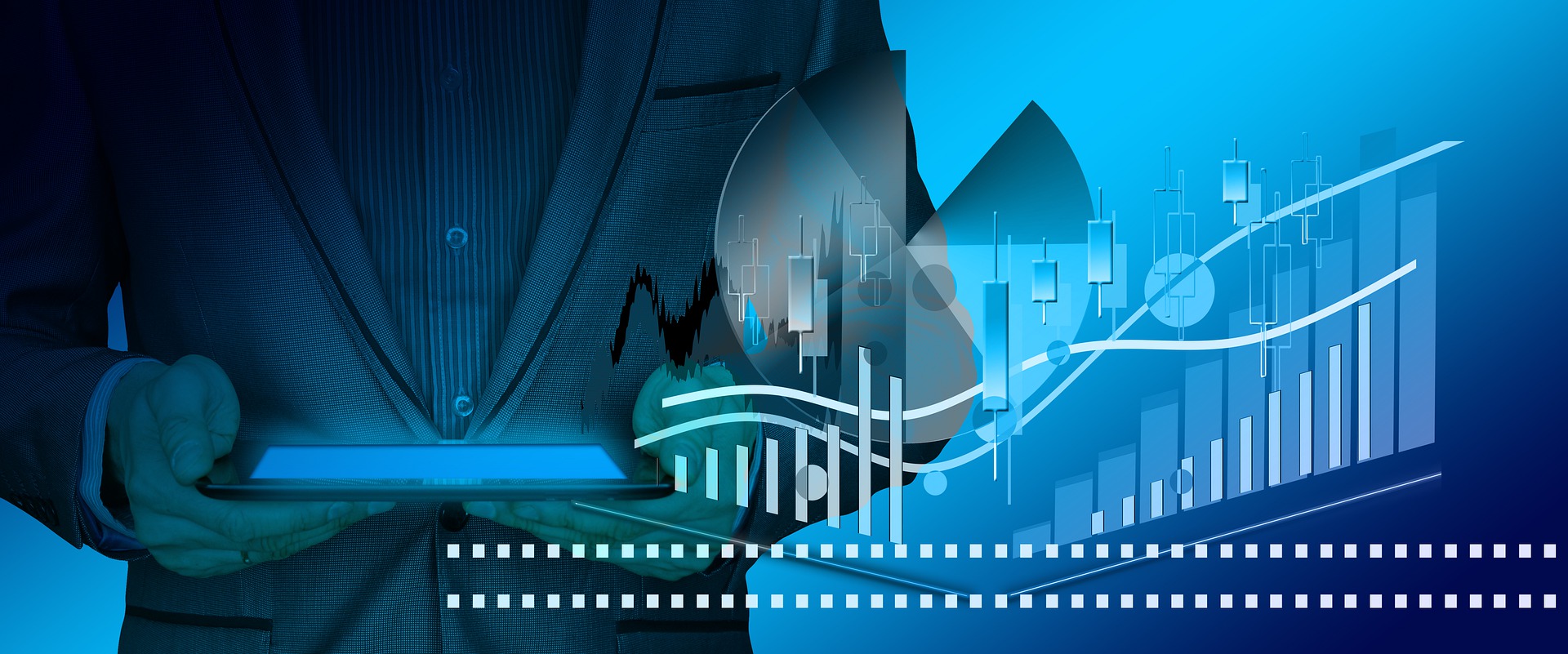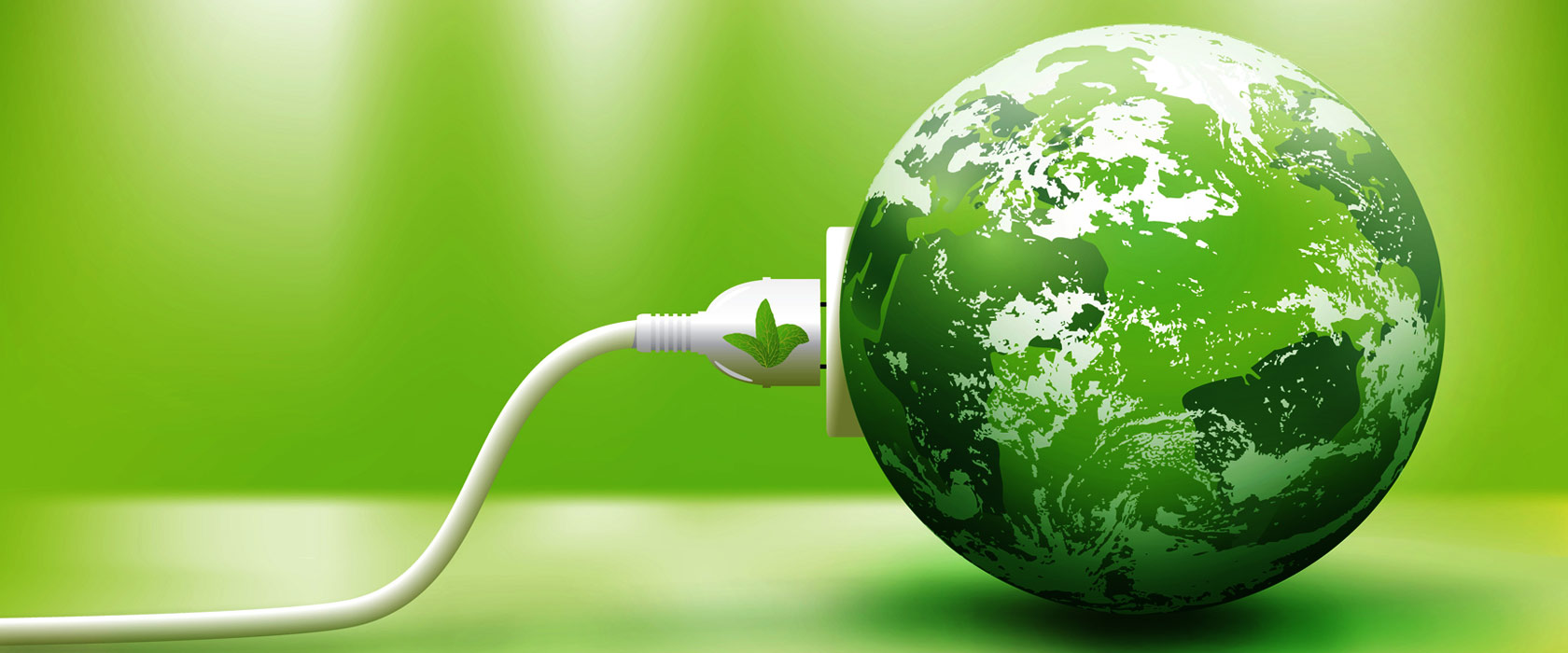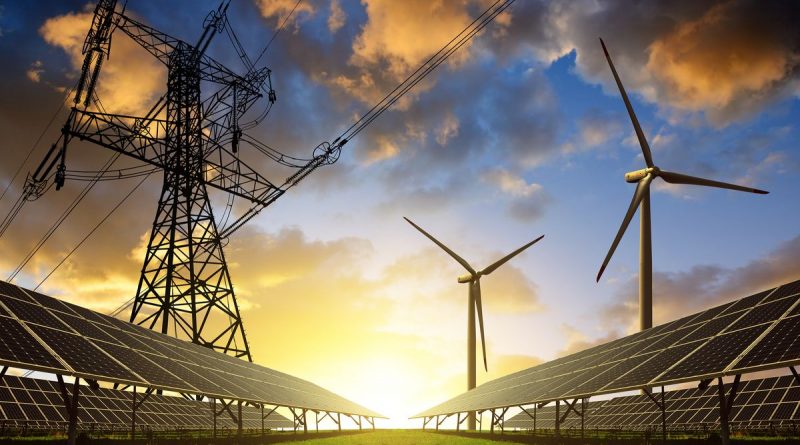Let’s start the year with something new!

Duneditorial has become the newsletter of the whole Dune Group from now and with this decision we would like to make room for innovation that all the firms of the group bring to the companies. The new layout supports the change with small touches of novelty, since we are moving in the wake of the work we have already done in the past. Our newsletters will continue to provide food for thought on the tendencies, technologies and scenarios to stimulate debates, expanding the discussion with themes related to those of the data-driven company such as Cyber Security, energetic transition and the talent shortage. Doing so, Duneditorial wants to reflect the multi-faced nature of digitalization.
Dune Group supports companies in all the different phases of digital transformation through data analysis and data usage, the implementation and maintenance of Application Platforms, the consultancy on IT infrastructure, the development of a dedicated software and the recruitment of technical staff.
And this is just a small part of what we do. We collaborate with SAP, Microsoft, Salesforce, AWS, Google, and other companies as partners. We operate in Marketing, Finance and control, Logistic, Production, and Supply Chain sectors, providing consulting services and designing tailored projects together with the Client, dealing with roll-out and maintenance. Do you not have the in-house skills? We intervene with our experts or we help you staffing.
The “new” Duneditorial aims to tell our activities in the most complete way, but – more importantly – continue to nurture the awareness about innovation strategies that constitute business success.
As always: #StayDuned!
Journey through 2023 trends

Now let’s talk about the new year macro-trend. Some of them are just confirmations, but they will grow their strategic relevance, such as sustainability and Green Tech: 2023 will reaffirm the importance of Ecological Transition, as highlighted by Gartner in its trends for 2023 during the Gartner IT Infrastructure, Operations & Cloud Strategies Conference. The Green Tech includes sustainable IT within the tech-enabled company and the trend involves four fundamental aspects: environmental, social, governance (ESG), and finance.
The tendency of cloud migration continues in 2023 with its different models (especially hybrid and multi-cloud). More in general the expansion of the as-a-service model continued also in other fields such as Cyber Security. We can think about the growth of firewall-as-a-service (FWaaS) offers, in which suppliers propose all the features and firewall packages in SaaS mode. FWaaS incorporates several functionalities of new firewall technologies, solving the problems of operational capacity and the width of protection against cyberthreats and responding to the challenge of remote working.
Conversational AI – exemplified by Chat GPT, the prototype of chatbot based on artificial intelligence and machine learning developed by the Californian research laboratory OpenAI – stands out among 2023 trends. Chat GPT is specialized in the conversation with a human user and is able to generate texts, images, videos and softwares. It has totaled 1 million downloads in the first five days after its launch and it is not currently downloadable because it is at capacity – as one can read on the website at the drafting moment of this newsletter. We continue to keep in the radar the evolution of chatbots and the news in the AI world, as well as the augmented reality and the metaverse. Both these technologies have important applications in marketing and sales activities.
Sustainability, cloud, AI and finance require specific skills and in 2023 companies will continue to “crave” talented people with knowledge in cloud, automation, advanced analytics, cybersecurity and data protection (these are some of the priorities of the new year). In particular, in the management of people, companies need to take into account the phenomenon of digital nomadism, which is the choice to work remotely, changing location at worker’s own discretion or going back to the hometown far from the company’s physical offices. Competences are like sustainability: not only a trend, but a red thread which accompanies every business strategy and aspiration of growth and innovation.
Sustainability: energy meets Hi-Tech

In regard to sustainability, 2023 will see the green transition declination in new applications and industries, with the utilities and energy societies driving the change and being a model. 80% of the big global companies share reports about sustainability (as highlighted by KPMG 2020 Survey of Sustainability Sustainability Reporting, “The Time Has Come“) and the sustainable investments represent more than a third of the global assets.
In this scenario lies the development and the diffusion of new technologies and operational methodologies within the energetic system. From Trading to Demand Forecasting, from Energy Management to planification of the web and the management of the client, today more than ever the capability to elaborate solid scenario analysis becomes mission-critical for utilities. The strict relationship with digital transformation explains the interests for the world of energy by the IEEE Standard Association (IEEE SA), the operational unit of IEEE (Institute of Electrical and Electronics Engineers), which develops global standards with a wide range of sectors. The IEEE SA works, for example, on the standardization of the inverter grid-forming technology to manage the intermittent nature of the new energetic sources and the peculiarity of the distributed webs. Another IEEE SA field of work is the energetic efficiency of data centers, since they are described as energy-consuming structures but a recent study revealed that the improvements of efficiency in the data centers all around the world maintained the energy consumption almost flat, despite the number of calculations having grown by about 550%.
During this year, IEEE SA shows three main directions of development in the energy & utility sector: changes in the electric infrastructure, linkages between water and energy, and energetic efficiency. With Internet connectivity, the objects connected through sensors and intelligent analysis of collected data utilities already today use data to forecast the demand, optimize production and web operations, manage assets and clients. In particular, AIoT is a great enabler of Energy Management: the Internet-connected objects send verified and always updated information on consumption of electricity and other sources, and help to consume less and to cause less pollution, as well as to innovate business models. The algorithms of AI and Machine Learning (ML) constantly align action with real necessity learning from experience and activate real-time correlations. In this way, AIoT triggers a real change of paradigm in business making it proactive and predictive: one does not undergo a trend, but governs and anticipates it.
Green Hydrogen, a new opportunity from NRRP

Data, Analytics, and Business Intelligence have a strategic relevance to reduce the dependence from fossil fuel and to improve the energetic efficiency, as well as to increase the use of low impact sources. Among these sources, there is hydrogen, which has become part of the ecological transition with new projects and European funds. These EU investments are reflected in the Italian National Recovery and Resilience Plan (NRRP). Hydrogen has the potential to approximate even the industries that are more difficult to electrify to the green objective, as long as it is green hydrogen that is obtained from sustainable sources. Indeed, hydrogen must be extracted from molecules that contain it – such as water, using electricity or methane. If the process employs fossil fuels (as it mostly happens today) CO2 emissions are high and we talk about “gray” hydrogen. Only hydrogen which is extracted from water with electrolyzers alimented by electricity produced with renewable sources is really zero-impact.
In Italy, the Mission 2 Component 2 Investment 3 of NRRP is dedicated to promote the production, the distribution, and the use of green hydrogen. The Recovery Plan provides for 3.6 billion euros for the development of the hydrogen industry, including the “green” generation in Hydrogen Valleys where hydrogen is obtained from alternative sources – such as photovoltaic and industrial and urban byproducts – and consumed by companies and families from the territory. NRRP in particular provides for 500 million euros for Hydrogen Valleys and will see brownfield sites reborn as green hydrogen production sites.
Italy moves along the lines traced by the European strategy for the “Hydrogen society”: in 2050 it might reach 20% of final applications among mobility (trucks, trains, boats, planes), industry (chemical, refinery and siderurgical), storage and generation of electricity and usage for heating. In order to start the economy of green hydrogen, in Italy 10 billion euros of investments between 2020 and 2030 are estimated, but this could generate up to 27 billion of additional GDP thanks to a whole ecosystem which will revolve around the “Hydrogen Valleys”.
Europe supports the industry also with IPCEI funds and the “IPCEI Hy2USE” instrument, supported by the Italian Ministry of Economic Development, which facilitates the activities of European common interest in the field of hydrogen. There are several beneficiaries in our country: in two different trances EU Commission assigned 1.5 billion euros to 10 companies (Rina-CSM, SardHy, South Italy Green Hydrogen, Ansaldo, Fincantieri, Iveco Italia, Alstom Ferroviaria, Enel e De Nora-Snam) in total, to which are added partners for research Enea, Bruno Kessler Foundation, and University La Sapienza in Rome. The common commitment is to create in Italy a hydrogen industrial chain which extends from the production of the components for electrolyzers and the fuel cells to storage technology to elements for the transport sector.
Electrification and renewable sources: Francesca Gostinelli’s intervention
The hydrogen ecosystem has been at the center of the Talk “Green Hydrogen: a sustainable energetic solution” during the third edition of the iWeek, the joint venture between Dune and Vento & Associati. Francesca Gostinelli, Head of Group Strategy, Economics and Scenario Planning di Enel, and Board Member di Endesa and Enel Americas, one of the protagonists of this Talk, highlighted how the net-zero strategies rotate around the electrification and the renewable sources, which might also feed green hydrogen to give a precious contribution to the decarbonization of the so-called “hard-to-abate” industries.
“At the end of 2021, at a global level, less than 1% of the 94 million tons of hydrogen demand is satisfied by green hydrogen. This results in about 900 million tons of CO2, roughly equivalent to the emissions of the UK and Indonesia combined. It is clear that hydrogen currently used needs to be replaced as much as possible with green hydrogen”, claimed Gostinelli. “Hydrogen is not a particularly efficient vector because of the process of production and transportation, but it might be highly relevant to affect the 30% of global emissions related to the so-called hard-to-abate sectors. Industries such as cement, steel, ceramic, chemistry and fertilizers production, as well as aviation and long-range shipping, which together have a sufficient demand dimension to make the industry start” Gostinelli said. “Renewable hydrogen is employed at best as a complement to electrification. It should be provided where it is the most efficient solution, identifying the priority sectors with a focus on current users of hydrogen and the hard-to-electrificate sectors, such as heavy industry, aviation and maritime transport
Green hydrogen might become competitive by 2030, underlined Gostinelli, it is carbon neutral and support a model of generation and decentralized and flexible consumption with a easy implant design (extraction implants can be placed near usage locations). However, “the scaling up of the electrolyzers industry, of research and development to improve the electrolyzers efficiency and reduce the Capex needed to build the complete industry” are needed, highlighted the top manager.
For this reason, according to Gostinelli, it is important to line up the priorities: long-term objectives are the progressive diminution of CO2 emissions to reach net zero in 2050, but also the energetic independence. “Nowadays, Italy on its own produces 23% of the energy it uses and to insert more and more renewable sources in the energetic mix is the conditio sine qua non to progress”, said Gostinelli. “The development of green hydrogen is related to an additional strengthening of renewable energy and betting on renewable sources will allow us to get the index of energy independence – according to several scenarios – to 43% in 2030 and to about 85% in 2050, with the national energy demand mostly satisfied through renewable sources”.
However, Gostinelli has clarified that “a fundamental concept is the additionality of renewable sources. If we want to produce green hydrogen to diminish the emission in hard-to-abate areas, dedicated renewable sources are needed, guaranteeing the achievement of sustainable electrification goals with the substitution of fossil fuels and the progressive increase of the electrification level in the energy consumption of the Country”.
Gostinelli intervened with regard to the RED III directive, the revision of EU law about renewable sources of energy which is currently under discussion. “With respect to the targeting use of green hydrogen in transportation, the information about interested areas must be provided and we believe it is obvious to refer to the potential of aviation and shipping” she said. “We also ask Europe for a greater normative certainty on targets: the Commission talks about 10 million tons of green hydrogen internally produced and 10 million tons imported but – to center the goal – it is important to have clear rules for all operators”.
Food for thought…
- 2023 technological trends according to Gartner
- NRRP and Hydrogen Valleys: MASE Notices
- OpenAi website to accede to Chat GPT demo
Interesting Podcast…
- Il Sole 24 Ore offers both a podcast about NRRP pillars and a podcast focused on the topic of green hydrogen
- This podcast series produced by Algoritmoumano.it refers to the world of metaverse
- To understand the implications of business and digital transformation, it is interesting the podcast of SDA Bocconi, where professor Carlo Alberto Carnevale Maffè talks about the characteristics of the new economic and organizational context represented by the Metaverse

Leave a Reply